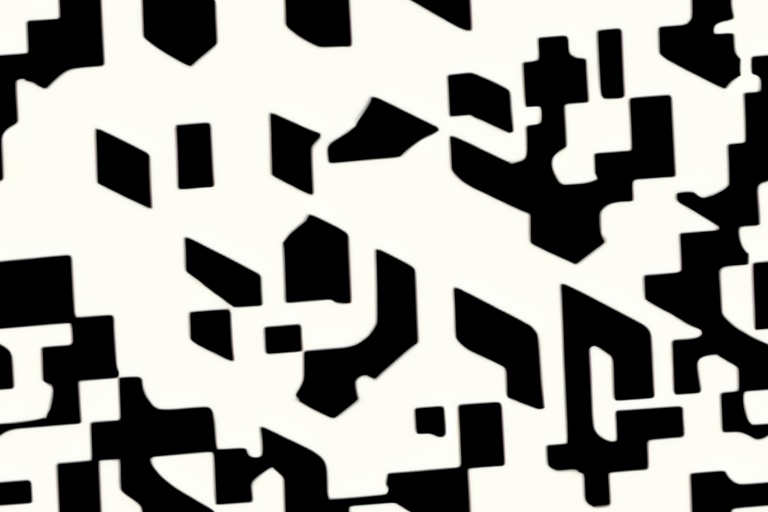Coin collecting is a dynamic and enriching hobby that spans generations and engages individuals from all walks of life. It bridges the gap between history, art, and finance, offering a unique combination of educational and investment opportunities. Whether you are just taking your first steps in this intriguing world or you are a veteran collector with a detailed understanding of numismatics, it’s likely that questions will arise about various facets of this multifaceted pursuit. This article serves as a primer to tackle some of the most common inquiries and aims to provide insightful guidance to enhance your coin collecting journey.
Coin collecting is a dynamic and enriching hobby that spans generations and engages individuals from all walks of life. It bridges the gap between history, art, and finance, offering a unique combination of educational and investment opportunities. Whether you are just taking your first steps in this intriguing world or you are a veteran collector with a detailed understanding of numismatics, it’s likely that questions will arise about various facets of this multifaceted pursuit. This article serves as a primer to tackle some of the most common inquiries and aims to provide insightful guidance to enhance your coin collecting journey.
Understanding Coin Values
One of the most common questions posed by collectors is, "What is the value of my coin?" Ascertaining a coin's value is a nuanced task that hinges on multiple factors including age, rarity, condition, and demand. While it is possible to get a general sense of a coin's worth through online resources such as the Professional Coin Grading Service (PCGS), the actual value may vary. For a precise appraisal, particularly of sizeable collections, your best move is to engage with a knowledgeable local coin dealer who can offer a thorough evaluation.
Coins that deviate from the standard, known as "error coins," hold a special place in numismatics. These specimens might be minting missteps or unusual variations that escaped quality control. To find the value of an error coin, you would do well to visit dedicated websites focusing on these anomalies. Sites like CoinSite are an excellent place to begin your investigation into US error coin values.
The Curious Case of Novelty Coins
Occasionally, individuals come across two-headed or two-tailed coins and wonder about their worth. Such novelty items are typically manufactured for entertainment purposes, commonly used in magic tricks or practical jokes. Despite their intriguing appearance, these coins do not hold significant numismatic value and can be obtained for a minimal cost online. They lack the historical and collectible importance to catch the attention of serious numismatists.
On the topic of unusual coins, you might encounter a cent dated post-1982 that appears silver rather than the familiar copper color. In most instances, such coins have been altered after leaving the mint — possibly silver-plated or the result of a science experiment. Although they might pique your curiosity, their numismatic value remains limited unless your coin is a verified rare anomaly. If in doubt, consult a coin professional or do some additional digging.
Locating Coin Shops and Dealers
Building a relationship with a reputable coin shop is invaluable for collectors who prefer hands-on experience with their potential acquisitions. The American Numismatic Association (ANA) offers a dealer registry, an excellent starting point to find trustworthy coin merchants. Alternately, utilize the PCGS Authorized Dealer Directory or conduct an online search with the term "coin dealer" followed by your specific locale.
The Art of Coin Grading
Grading is a refined skill within numismatics, requiring a sharp eye to discern the subtleties in a coin's condition. There are universally accepted grading standards that collectors should familiarize themselves with. Resources like CoinGrading.com provide a foundational insight into this skill. To hone your grading proficiency, you can begin by assessing your own collection, comparing your evaluations with those of professional graders, and seeking advice at coin shows or from knowledgeable dealers.
Selling Your Coins
Although my role as a blog writer and editor does not involve commercial transactions, those looking to sell coins have multiple avenues to explore. Reputable coin dealers are often interested in purchasing collections, and it's crucial to go into such transactions with an understanding of your coins' potential value. Online marketplaces like eBay frequently attract collectors and dealers alike and may provide an opportunity to reach a larger audience.
Exploring Coin Sets and Special Collections
For those interested in thematic collections, the 20th Century Type Set is particularly popular, incorporating various designs and denominations minted throughout the era. Detailed information about this collection type is readily available, and assembling one can be an enjoyable and educational endeavor.
Young collectors and Boy Scouts seeking to earn the coin collecting merit badge can find comprehensive requirements on the Boy Scouts of America official website. This badge is an excellent educational tool, nurturing a deeper appreciation for coins and their histories.
Coin collecting is more than a hobby; it's a gateway to a deeper understanding of history, artistry, and the evolution of currency. Whether your interest lies in determining the value of your belongings, identifying local numismatic resources, or refining your grading capabilities, a wealth of information and support communities are at your fingertips. Continue to engage with resources such as this blog to expand your knowledge and enjoyment of coin collecting. Happy collecting!
Information for this article was gathered from the following source.

